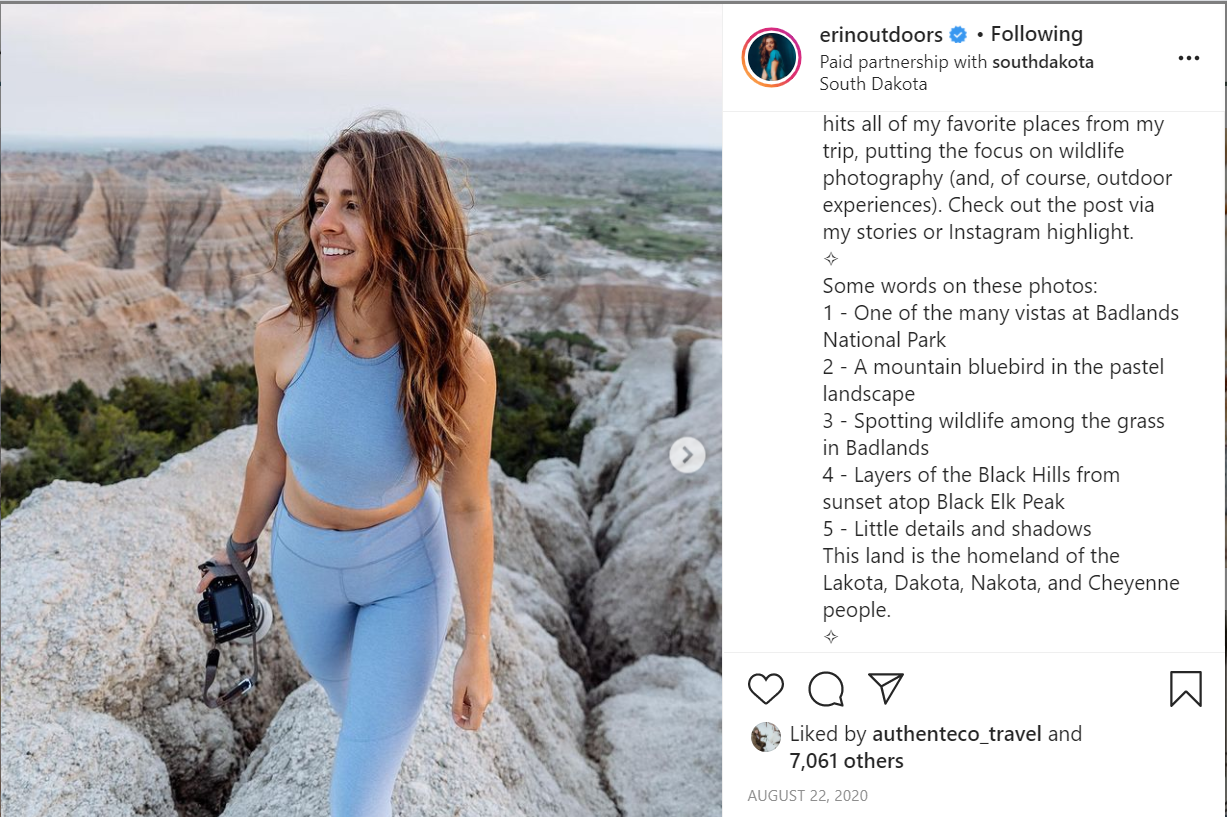Utah’s Indigenous Peoples
Written by Kendal Karstens
Although Utah’s first city was incorporated in 1851, Utah had a rich history long before these settlers came.
Archeological artifacts in Zion National Park date as far back as 7,000 BC! These artifacts primarily come from five tribes of Indigenous peoples--the Utes, Paiutes, Shoshones, Goshutes, and Navajos.
These tribes called Utah’s lands home long before they were known as Utah.
Nowadays, many of these Native Americans live in some of the cities you would visit on an Authenteco Vacation. A lot of them also live in eight sovereign tribal governments, also known as reservations.
No matter who or how you travel in Utah, your adventures are on land previously owned by Indigenous peoples. An important aspect to sustainably and responsibly traveling in Utah is for you to learn these Indigenous peoples story and sacrifice. Because of them, you have the opportunity to explore these lands.
The negative side of National Parks
Indigenous peoples were evicted from their land to make room for National Parks.
The eviction of Native peoples was unfortunately common practice in the 19th Century, when conservation policy began.
The poor treatment of Native Americans for the sake of conservation is an important reminder that, even within sustainability, there are consequences to our actions.
Nowadays, the U.S. and the United Nations recognize these policies of forced evictions as “colonial conservation,” deeming them unethical and disrespectful.
The National Parks Service now follows a new model for conservation that aims to respect the rights of Indigenous peoples. This includes cross-cultural cooperation with the tribes native to the protected lands.
It’s not a perfect policy, but it’s a start to repairing relationships with Native Americans. And those relationships are vital to the conservation of National Parks because Native Americans are true stewards of the planet.
Native Americans were sustainable before it was cool
We have a lot to learn about conservation from Native Americans.
Indigenous peoples around the world live off the land the live on, so they know it more intimately than anyone else. The land is what brings them prosperity, and their livelihoods rely on it, so they protect the environment and land out of necessity!
For centuries, Native Americans have recognized the delicate balance between people and the planet. Many Native American nations follow practices such as returning unused or unnecessary objects to the earth, consuming only what you need, and rights for the earth.
Today, we recognize these practices, respectively, as composting, minimalism, and Rights of Nature.
All three of these methods have significant positive impacts on nature and protecting the environment. Thankfully, these conservation practices are also becoming trendy and cool!
We could’ve learned way before 2021, though, that these methods of conservation were positive and impactful if conservationists had learned from Native Americans.
Conservationists can still learn so much from Native Americans! They are truly experts of their lands and how to protect them.
What is Rights of Nature?
Rights for the earth, what we now call Rights of Nature, have been practiced by Indigenous peoples across the planet for centuries.
How can nature have legal rights?
Rights of Nature essentially means we have a legal responsibility to protect the planet.
In practice, this means policymakers should consider the environmental impact of their policies as much as they consider the human impact.
In legal cases, such as an oil spill, the environment would be considered the plaintiff, or the party bringing an action to court.
Many international organizations--including the Sustainable Development section of the United Nations--is working with countries around the globe to give legal rights to the environment.
Rights of Nature is a relatively new concept for many of us still. Conservationists around the world are still developing how this would be practiced. And they’re looking at Indigenous Peoples to learn how they practice Rights of Nature.
There’s still work to do…
Although there’s good progress to respecting Native Americans as well as their contributions to the planet, previous forced evacuations displaced Native peoples from their spiritual and cultural lands and placed them in reservations.
These reservations have poor living conditions and little to no government assistance. Reservations often do not have running water or access to medical care, amongst many other socioeconomic issues.
The creation of dams, for example, has reduced or completely eradicated drinking sources from several reservations.
Most recently, the unavoidable COVID-19 pandemic has devastated the Native peoples in reservations who cannot easily access medical care.
National Parks are critical to preserving nature and educating the masses on the importance of conservation and sustainability, but we must recognize that sustainability is messy and difficult.
We want you to experience Utah, while also recognizing its history and the sacrifices Indigenous people have made for these experiences.
What you can do!
We have a lot of work to do for Native Americans in Utah.
As a responsible traveler, one small way you can contribute to the advancement of their equality is through the concept of “territory acknowledgement.”
Territory acknowledgement is the global practice of creating awareness of Indigenous presence and land rights in everyday life through ceremonies, lectures, public events, posters, and more.
For example, as a traveler, you could recognize at the end of an Instagram caption which tribe is on that land.
Peep the territory acknowledgement in the last line of this popular Instagram account!
The goal of territory acknowledgement is to simply bring awareness of the Indigenous presence on local lands.
It’s one way to recognize the history of colonialism and show respect to the Indigenous peoples.
At Authenteco Travel, we practice what we preach. Our Utah magazine includes territory acknowledgements!
As you adventure through Utah, we encourage you to ask questions and learn more about Utah’s Native peoples in the park’s information centers and from your tour guides.
Utah’s Indigenous peoples have a vast and fascinating history!
Want more travel insights or are interested in a trip? Check out these posts:
Is it safe to travel this fall?






